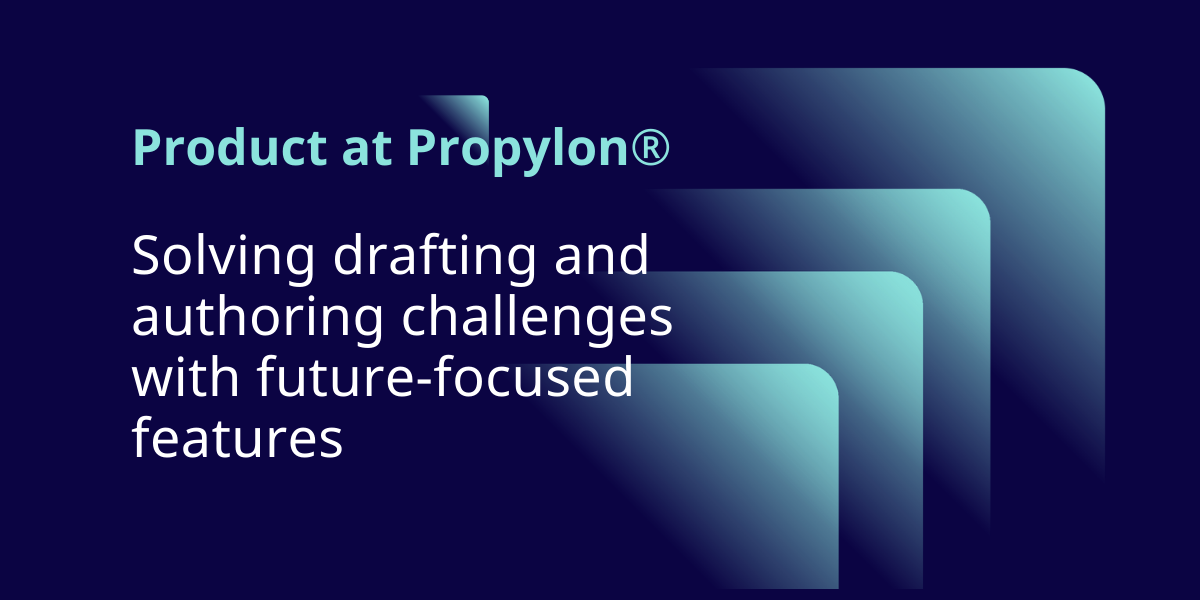Customer-centricity is at the heart of how we approach product at Propylon. We work with our clients to develop solutions that work for them, that solve their biggest challenges now and into the future. Our Product at Propylon series spotlights the features and updates we’re implementing to help our clients make real, positive progress.
In this instalment, we’re highlighting the drafting and authoring features that drive user experience while ensuring content is flexible and capable of meeting modern demands.
Pure SaaS
Thick client installations are increasingly uncommon. Massive improvements in browser capabilities have dramatically extended the functionality that can be deployed using thin client Software as a Service models in both browser and Microsoft Office (Word, Excel, Teams, etc.)
Propylon’s LWB 360® and TimeArc® platforms embrace the ubiquity of Microsoft Office. We treat Microsoft Office as part of the thin client desktop environment as it is invariably pre-installed on corporate desktops. The Windows, Browser and Office suite of tools are very well supported by Microsoft and actively developed with a roadmap stretching decades into the future.
Your organization can:
- Make the most of its Office 365 investment
- Save on training costs
- Avoid short software lifecycles and end-of-life issues
Minimize the learning curve with Word-enabled tools
Microsoft Word is the go-to choice for most subject matter experts – from lawyers and accountants to scientists and engineers. These critical staff members are not typically computer programmers and are disinclined to spend time learning programmer-oriented tools such as XML editors.
Propylon’s drafting tools allow SMEs to work as usual in Microsoft Word and Excel while behind the scenes, the technology structures the content, making it more flexible and reusable downstream. This approach also dramatically reduces the learning curve and leads to speedier turnaround times for content creation.
- Create and re-use structured content components
- Work collaboratively, in real time
- Add metadata tagging to content for use in searching, publication generation and APIs
- View the full audit trail of changes
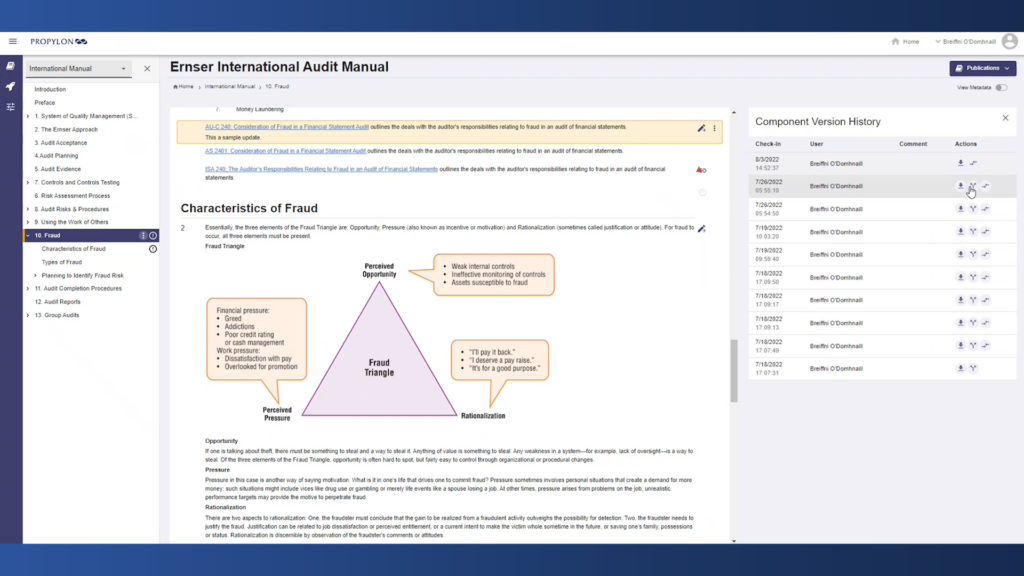
Minimize the learning curve with Word-enabled tools
In the worlds of rule-making and rule-taking, evolving from paper-based to digital-ready involves structuring content into reusable components that form a single source of truth content library. Some systems depend on structured authoring tools for this. However, as rule-makers and rule-takers often rely on SMEs and other non-programmer staff to deliver content, these organizations may come up against resistance from the SMEs as the structured editing environment obstructs their natural workflow.
Propylon’s TimeArc® technology eliminates such obstacles.
Your staff can:
- Continue working in Microsoft Word while the tool handles structured XML creation behind the scenes
- Export content to an array of formats
- Support multiple XML schema options
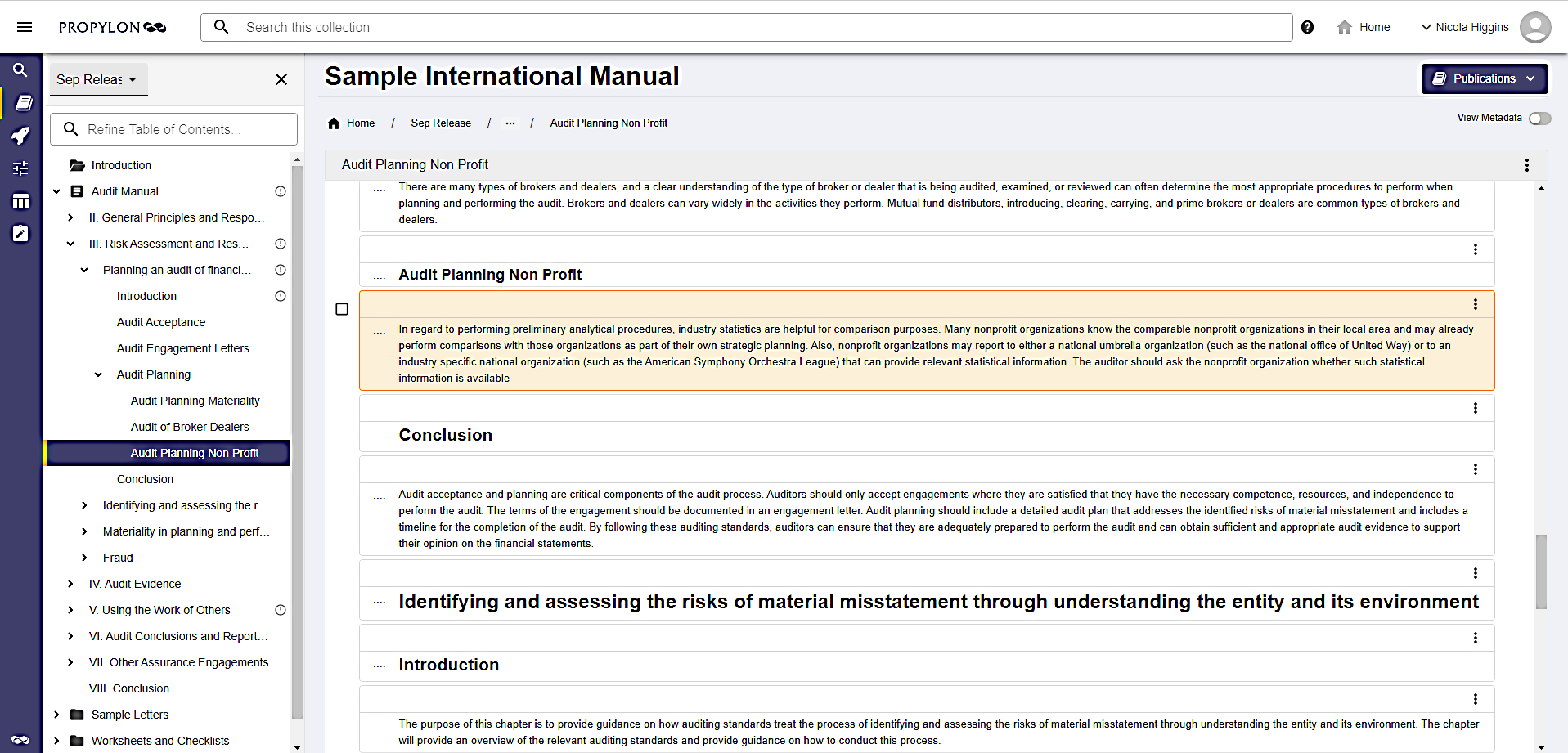
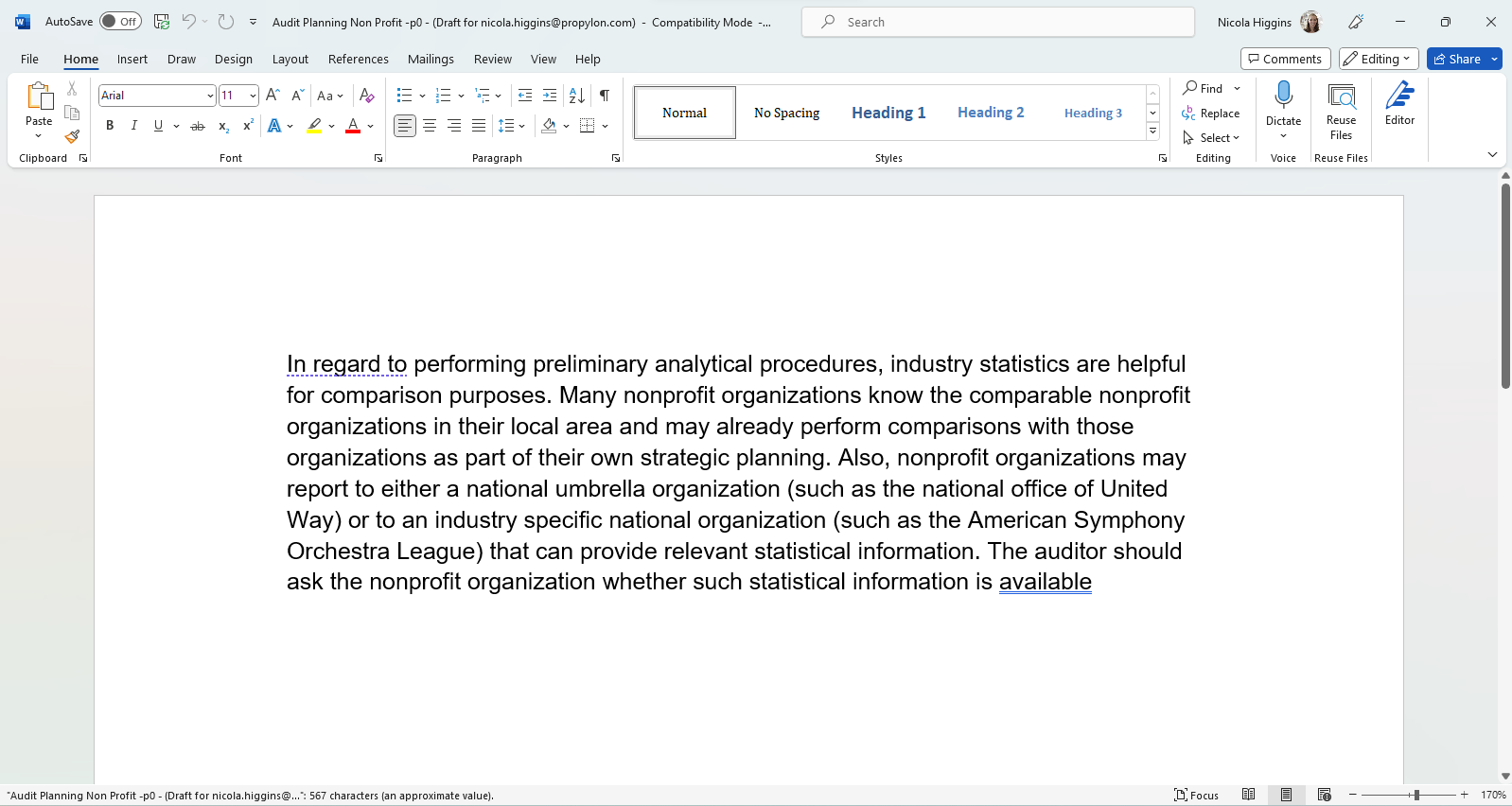
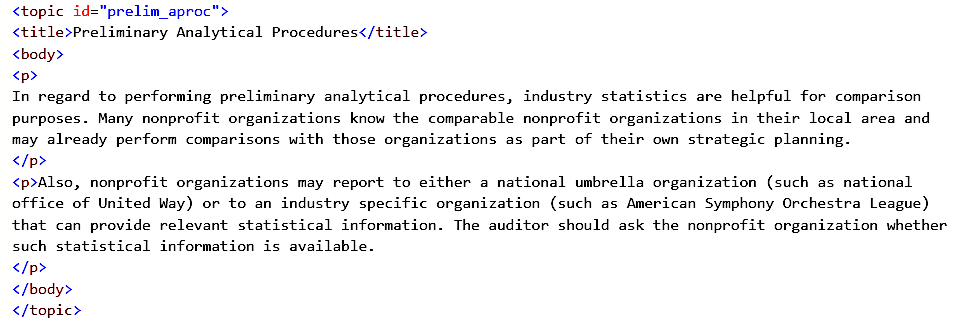
DITA compatible
DITA is a standard, XML-based format to represent content as components. The benefits of component-based content models are manifold and go a long way in helping rule-makers and rule-takers solve issues like content reusability, consistency, and findability at a micro level.
A CCMS with DITA support is a good way to tap into these benefits. However, DITA on its own is not a strong platform for regulatory change management, i.e., where it is necessary to make frequent content updates in accordance with new and changing laws, regulations, standards, and guidance. Copy/paste/tweak is one is such issue brought about by frequent regulatory change whereby lack of visibility on copying and pasting activity means there is no guarantee on accuracy.
TimeArc is purpose-built with features to stay ahead of change while supporting industry-standard XML schemas like DITA.
Your organization can:
- Import DITA content, for example from regulators and other publishers
- Publish content to DITA using Topics and Topic Maps
- Automate impact analytics, i.e., detect lapsed links
- Automate link tracking to prevent content drift and link rot
- Handle the risks introduced by copy/paste/tweak
